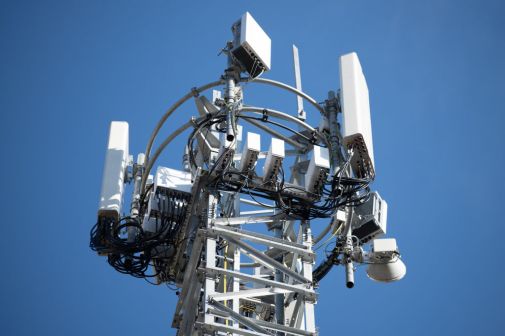As E-Rate deadline looms, what’s next for schools?
The application window to apply for E-Rate funds closes Thursday night — and program officials are already looking to the next step of fueling schools with funds for Internet and network upgrades.
As of Wednesday night, 33,683 applications were submitted to the Universal Service Administrative Company, an independent arm of the Federal Communications Commission. John Harrington, CEO of Funds for Learning, advised schools to prepare their Internet bills for the next stage of the process.
“The key now for applicants is to make sure they keep good records of their phone and Internet bills. USAC will want to see copies of last year’s invoices,” Harrington, whose business helps about 700 school districts navigate the process, told FedScoop. “It’s sort of like ‘show your math,’ so it’s really important to capture that information as quickly as possible after you do the applications.”
The applications filed so far request more than $2 billion. Some school districts and libraries, especially in more rural areas, are asking for millions of dollars to upgrade their wireless networks and install fiber optic cable. About a third of applicants still had not filed, possibly waiting until the last minute to get in their funding requests, Harrington said.
There is a new discount this year offered to schools and libraries to increase their high-speed broadband access and managed Wi-Fi, which has required more attention to detail.
School district leaders and consultants also said the paperwork process this year compared to previous years was much more complex, which led to a three-week deadline extension, from March 26 to April 16.
Harrington said the process of filling out hundreds of requests this year reminded him of the chaotic time the program first kicked off in 1997.
“There was a lot of guesswork,” he said. “This year, the devil is in the details.”
The FCC has asked for more facts about how many access points and megabytes of Internet access schools want — and exactly how school officials are going to spend the federal dollars.
“It’s all good information to have, but it’s making the process much more cumbersome,” Harrington said.
After the filings are completed, USAC conducts an application review process. But for the first time this year, the agency is required to issue funding decision letters by Sept. 1, about a five-month turnaround.
“Schools need to be ready to answer questions, because USAC is going to be very proactive [in] reaching out to them,” he said. “But on the flipside, if they don’t have the information, [USAC] can’t justify the request and the schools will get denied.”
The FCC received between 45,000 and 48,000 E-Rate applications in the last three years — but experts have said the number this year will be comparable because there will likely be a last-minute flood of requests.
The FCC revamped the program this year, making broadband and Wi-Fi connectivity central components as more schools incorporate online learning, testing and technology in the classroom. In December, the agency approved a $1.5 billion annual funding increase for the program, raising the spending cap from $2 billion to about $4 billion.




